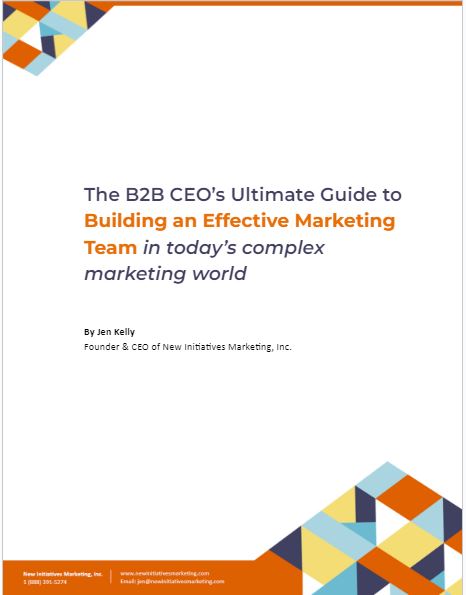The process seems simple: your company has products to sell, customers come to buy them. If you’ve been in business for very long, however, you know that it never works that easily. Moving your potential customer from knowing about you, to liking and trusting enough to buy from you is a complex journey.
And more than ever, this journey happens without us knowing we’re being considered until the customer is well down the path of deciding to buy.
Short list – start early
The buyer’s journey starts long before the point of purchase. In today’s technology driven society, that journey likely takes them to the internet where they will search out information about the product they’re considering, engage with others who have used the product and seek advice from friends, colleagues and family regarding their purchase. Along the way, they’ll likely comparison shop with different vendors, finding the best deal in terms of value and price.
Generally speaking, by the time a buyer begins to interact with a vendor, they’ve already made up their mind to purchase the product.
From a marketing standpoint, this statistic can be alarming. The sales process is no longer confined to a salesperson and a customer – it has evolved into a complex process.
Share your content
Before you’ve even had the opportunity to ‘sell’ your company and a product to a potential customer, they’ve likely already made up their mind. While this can be encouraging during a sale, it can also prove discouraging to realize that there are likely other customers who have chosen to do business elsewhere.
If customers are not overtly seeking your company out for product help, can you be sure that your company is being found during their decision making process? Is there a way to ensure that your potential customers find you during their quest for information?
Fortunately, the answer to both of these questions is yes. A primary means of being found is by capitalizing on the round-the-clock availability of the internet by investing in producing and sharing quality content that maps to where a buyer is in their journey to purchase.
When a potential customer turns to their search engine to research a product, your company needs to be there. If they are looking at social media to discover what others are saying about a product, your infographic can be a valuable resource. The customer looking for a personal reference about a product should discover your video testimonial.
Different channels
Be sure to inquire how customers heard about your company. It can show you where your efforts are being most effective, and give you inspiration to continue creating content and ideas on what channels may be more effective for you.
For example, recently on a podcast, the founder of DuckDuckGo, Gabriel Weinberg, shared that according to his analytics, a lot of new user growth for his search engine came after he’d do a 30 minute interview on a podcast. Even he couldn’t believe that the audio format drove new users to try his online product.
The internet is full of information. Make sure your company is visible on the buyer’s journey by sharing content where they are likely to be searching. You’ll engage them earlier and have a greater chance of getting on their short list.


